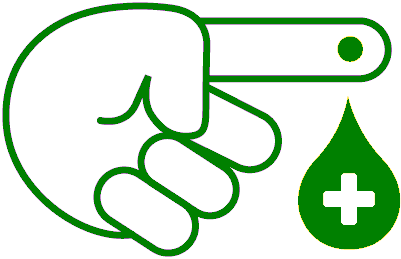If there is one thing that we have learned in the last few years, it’s that health is something we should never take for granted. While there are some things we just cannot predict, luckily, there are some things we can and, even better, also prevent!
Introducing What can flu do? A campaign meant to provide information about seasonal flu and the importance of prevention so everyone can live a happy and healthy winter season.
Covid-19 completely turned our lives upside down, especially at the beginning of the pandemic but eventually, we learned that we can do something. By taking preventive measure, we can minimise the risks of seasonal flu infection.

















